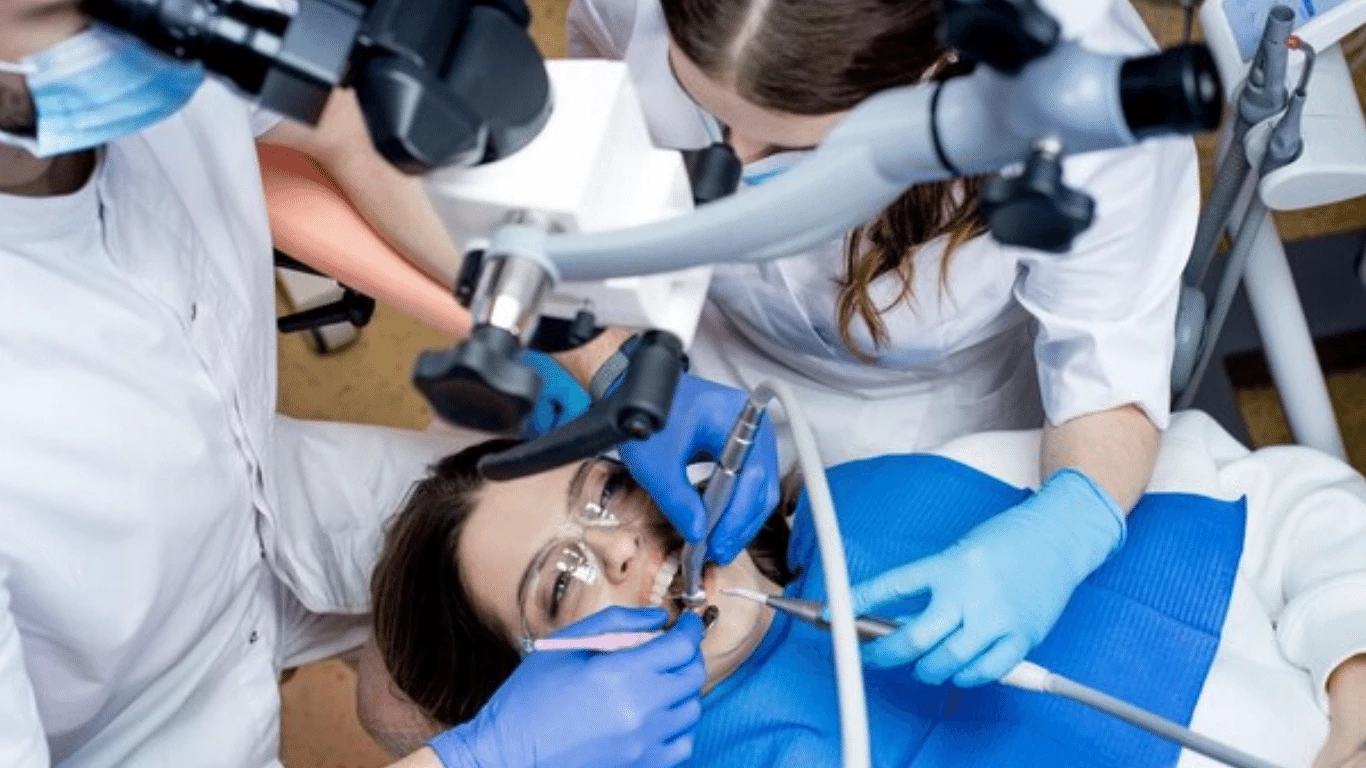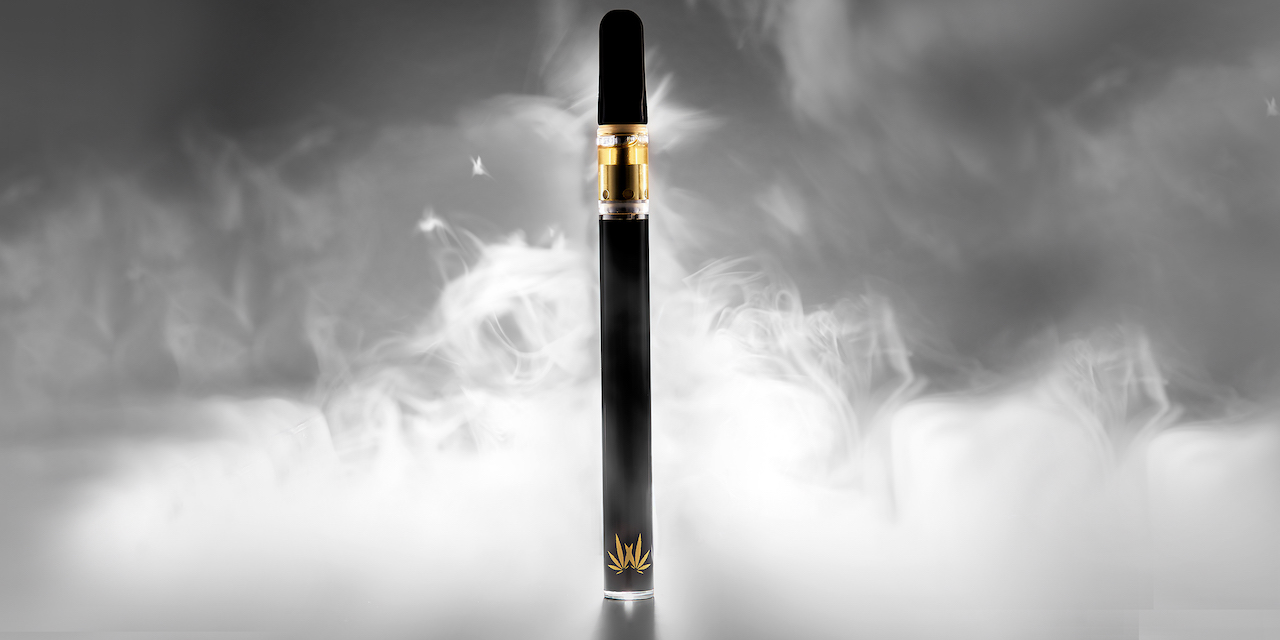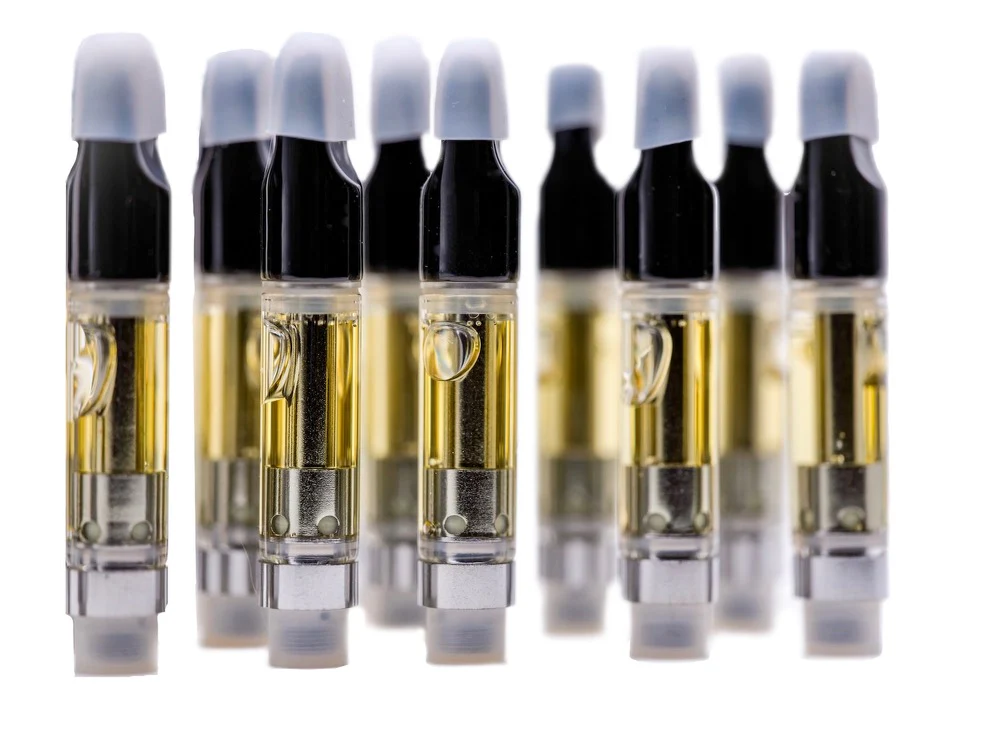Unlock Her Heart: The Power of Giving Jewelry on Valentine’s Day
Valentine’s Day is a day set aside to honor love and really show appreciation for that unique somebody in your life. Some gifts have a depth of feeling that really speaks, while others let you choose the ideal present to demonstrate your concern. Jewelry is among the most valued and powerful presents. A carefully chosen item, maybe one expressing the romantic workmanship usually linked with nikola valenti jewelry, has a unique mix of beauty, symbolism, and permanence that enables it to express strong feeling and really open a loved one’s heart on this romantic event. This essay investigates the reasons why jewelry is a remarkable Valentine’s Day present.
Beyond Just an Object
Jewelry is much more than simply a decoration; it is a physical representation of love, dedication, and treasured moments shared. Unlike presents that are eaten or have a limited lifetime, a piece of jewelry is a permanent expression of your devotion. It might be a celebration of the path you’ve travelled together, a pledge for the future, or a sign of a lasting relationship. Giving jewelry helps to turn an intangible emotion into something lovely and lasting that may be worn near the heart, so always reminding one of the relationships one has.
The Personal Touch and Consideration
Choosing the appropriate jewelry shows much thought and care. It indicates that you have noticed her individual style, likes, and character. Does she like something more modern and daring or traditional and elegant? Do her current items favour simple elegance or complex design? Choosing a necklace that fits her style, a bracelet that fits her wrist, or earrings that frame her face, maybe going for the exquisite workmanship seen in nikola valenti jewelry, reveals you know and value her uniqueness. From a little act to a profoundly significant statement of affection, this personal touch enhances the present.
A Lasting Present
Jewelry’s durability is among its most potent qualities as a Valentine’s Day present. Jewelry is meant to last, unlike flowers that wither or chocolates that are consumed. Always reminding her of the love it represents, it can be worn and valued for years, becoming a part of her daily life or set aside for special events. With time, a piece of Valentine’s Day jewelry can even turn into a valued heritage, passed down through families, carrying the tale of your love with it. Its timelessness makes it a really powerful and romantic gift.
Valentine’s Day gift of jewelry has great power. A present that speaks a lot is produced by its deep meaning, the personal thought put into its choice, and its enduring quality. A beautiful and meaningful way to show your love, honor your relationship, and really open her heart is a well-selected piece of jewelry, hence producing a treasured memory that will shine for years to come.

















